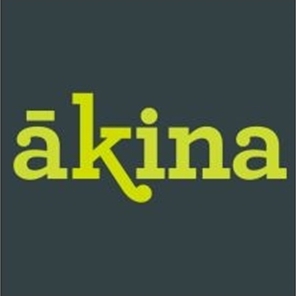Kiwi Lights Go Global
From the Foundation for Research, Science and Technology
For immediate release
Kiwi Lights Go Global
Airliners pulling up to the terminal at Vancouver International Airport could soon be guided to their parking spots by a road lighting system developed in New Zealand. Harding Electronic Systems, of Lower Hutt, is trialling its SmartStud road marker guides in several parts of the world, project manager Michael Hunt says. "The trial at Vancouver could be the springboard to having the system installed at 19 other airports," Mr Hunt says. "Flashing lights in the studs, instead of controllers with coloured wands waving their arms, guide the aircraft to their park on the apron." The project to develop the stud was supported funding from Technology New Zealand, the Government agency that invests in businesses to undertake research into new products, processes or services. The hardened plastic saucer-shaped studs were designed to improve safety on roads, pedestrian and railway crossings by keeping drivers' attention on the road. The new SmartStud is an advance on earlier versions. "The chief difference from the earlier stud is that they are powered inductively - they're not wired up to a power cable," Mr Hunt says. "Power is supplied across the air and is picked up by electronics inside the stud." The inductive technology was developed and patented some years ago by Uniservices, the University of Auckland's commercial research arm. Mr Hunt says the new dome shape is a marketing point to make it distinctive and practical. "I designed it so that a tyre hitting it would have minimal impact." The stud is made of a new polycarbonate plastic shell developed by Bayer Plastics, which, he says, is tougher than the materials used on older versions of stud road markers. They can be glued to bitumen roads such as in New Zealand, or the concrete highways of North America. He says the benefits of the studs to road and airport authorities, motorists and pedestrians include ease of installation. A small groove is cut in the road, meaning the road doesn't have to be dug up for cable to be laid. The stud has a small generator that can be battery or solar-powered, and the bright LED lights can be seen up to 500 metres away and from two directions. The mouldings are made in Wanganui and the electronics in Upper Hutt. Mr Hunt says that CalTrans, the California highway authority, is conducting trials with the studs to see if they can withstand up to 220,000 impacts a day. As well, Transport Canada is set to test the studs in five kilometres of tunnels for luminosity. Hardings has had interest shown from Malaysian toll-road authorities in Kuala Lumpur, and from Australia and China, and has signed partnerships for distribution in Europe. -ends-
Caption: Mike Hunt of Harding Electronic Systems with the Smartstud road markers that could soon be used to guide planes to their parks at Vancouver International Airport.
Contact:
* Michael Hunt, Harding Electronic Systems, Lower Hutt. Ph: (04) 939-0100, 025 434 782. Email: mhunt@hardingsystems.com
* Nigel Metge, Technology New Zealand at the Foundation for Research, Science and Technology (Auckland Office), (09) 912-6730, or 021 454-095. Website: www.technz.co.nz
Prepared on behalf of the Foundation for Research, Science and Technology by ID Communications. Contact: Ian Carson (04) 477-2525, ian@idcomm.co.nz


 Business Canterbury: Urges Council To Cut Costs, Not Ambition For City
Business Canterbury: Urges Council To Cut Costs, Not Ambition For City Wellington Airport: On Track For Net Zero Emissions By 2028
Wellington Airport: On Track For Net Zero Emissions By 2028 Landcare Research: ANZAC Gall Fly Release Promises Natural Solution To Weed Threat
Landcare Research: ANZAC Gall Fly Release Promises Natural Solution To Weed Threat NZ Anti-Vivisection Society: Auckland Rat Lovers Unite!
NZ Anti-Vivisection Society: Auckland Rat Lovers Unite! University of Canterbury: $1.35 Million Grant To Study Lion-like Jumping Spiders
University of Canterbury: $1.35 Million Grant To Study Lion-like Jumping Spiders Federated Farmers: Government Ends War On Farming
Federated Farmers: Government Ends War On Farming



